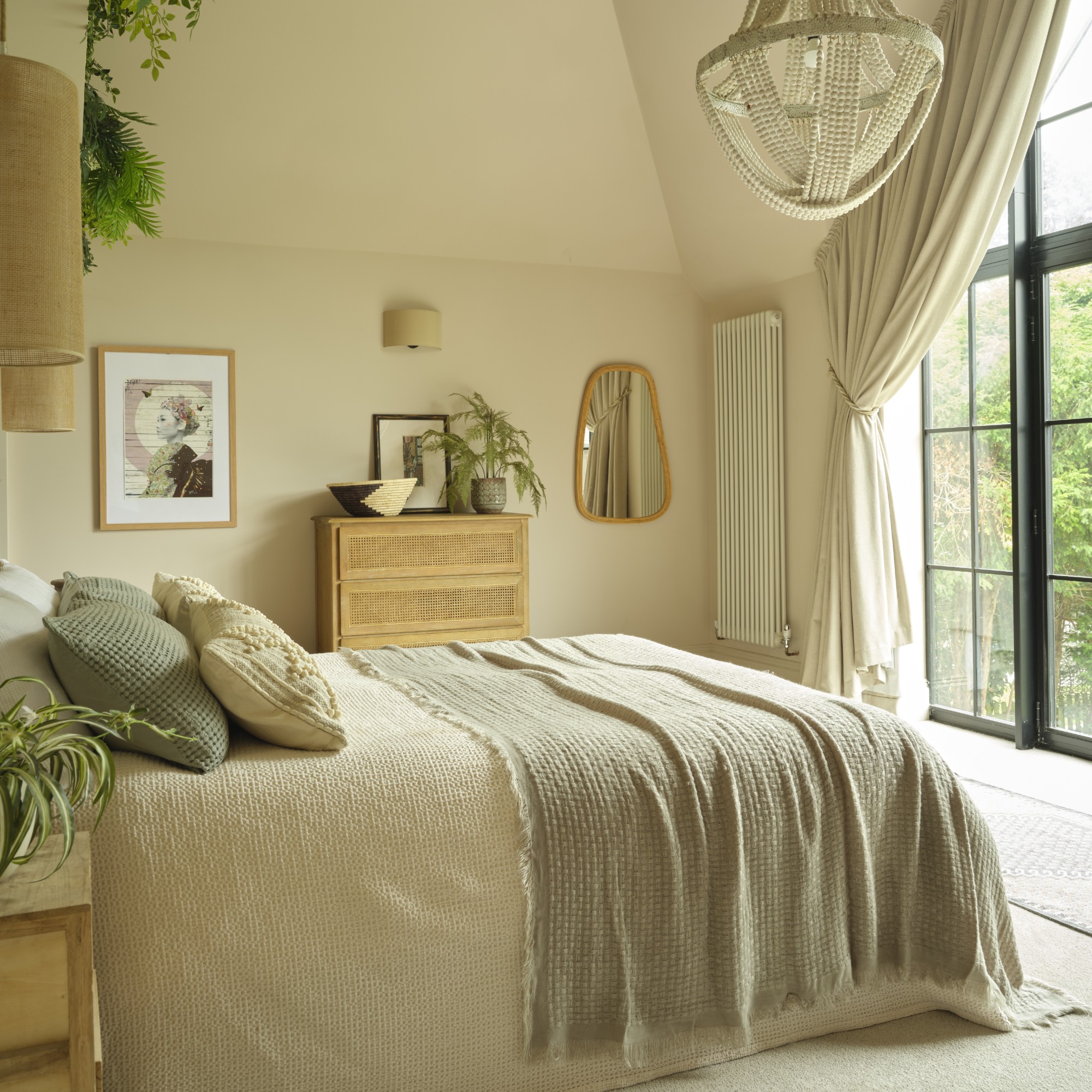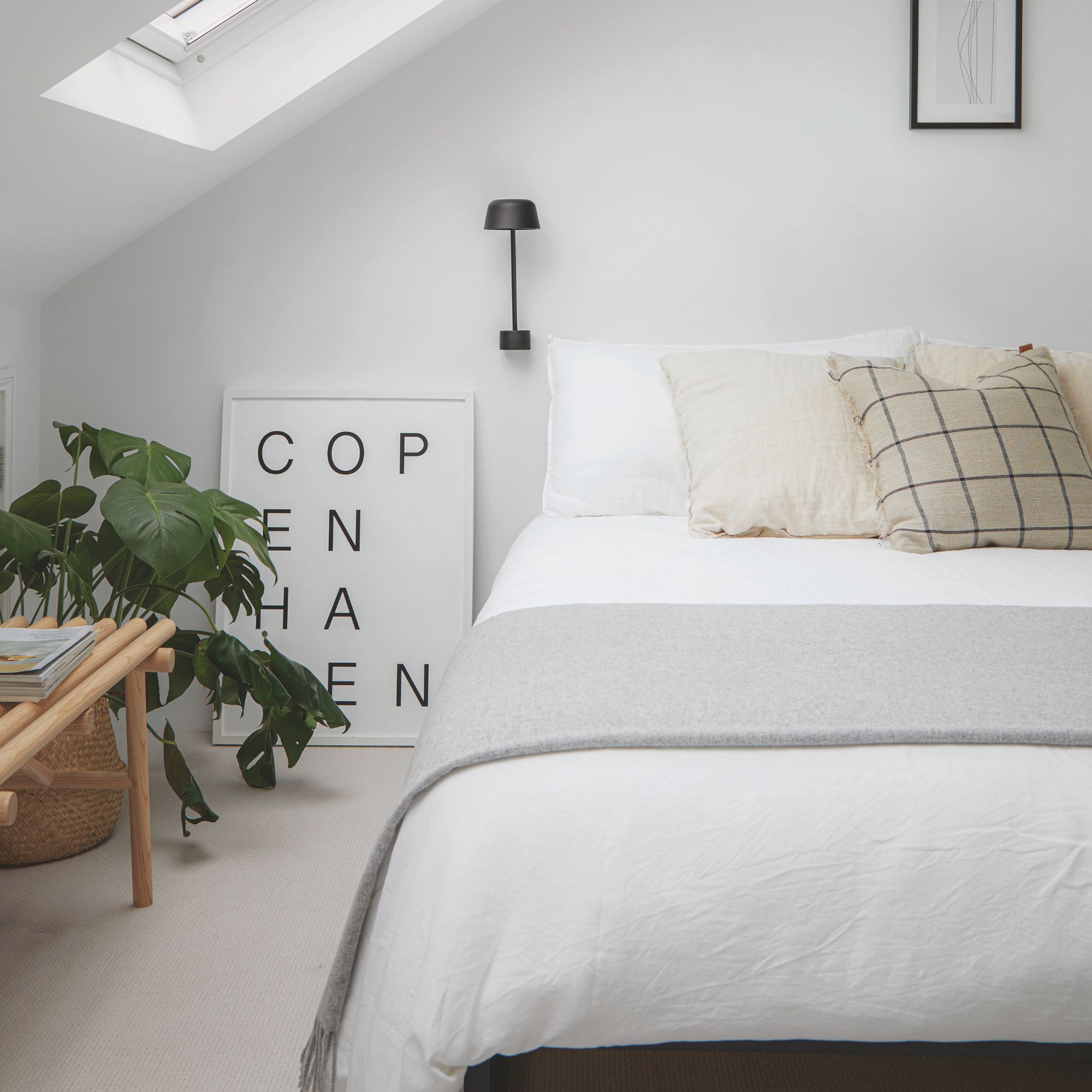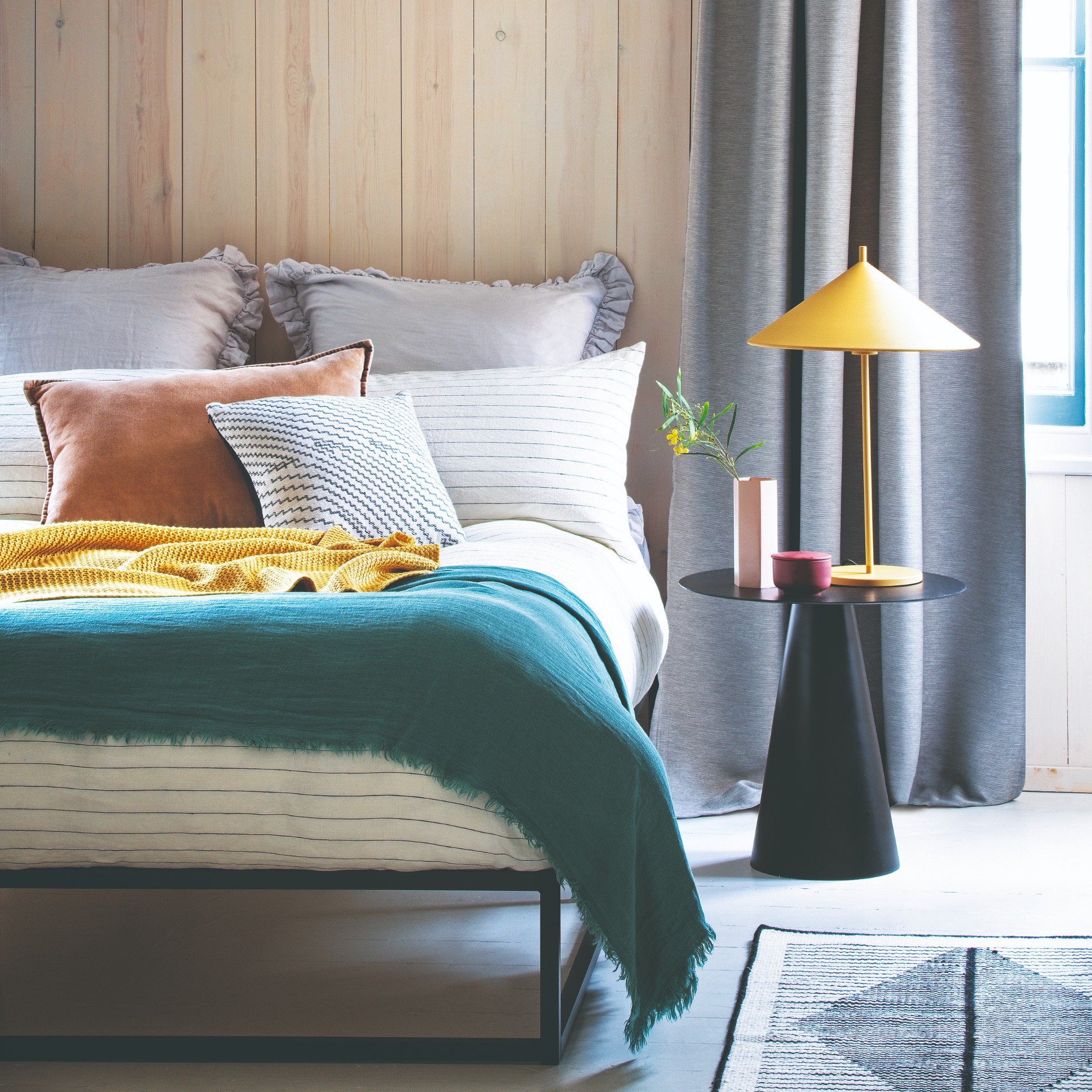
Have you heard of sleepmaxxing? This is the latest trend to go viral on social media and all about maximising the best possible night’s sleep - and sleep experts have cut through all the gimmicks to tell us exactly what we need to get a good night's sleep.
There are thousands of ‘sleepmaxxing’ videos cropping up on social media, where users describe all the things we need to do to hit the hay. At its core, sleepmaxxing is a slightly convoluted term for improving your sleep hygiene.
It’s hard to know exactly how to sleepmaxx - there are so many videos and so much different advice from mouth taping to white noise. So, we asked sleep experts what is sleepmaxxing and what we should actually be adopting for a better night's sleep every night.

What is sleepmaxxing?
‘Sleepmaxxing is a relatively new term that has recently gained popularity on social media platforms such as TikTok and Instagram and refers to the practice of optimising your sleep quality to improve your overall health,’ explains Joe Guyatt, Senior Health & Wellbeing Physiologist at Nuffield Health.

Typically optimising your sleep via sleepmaxxing includes using one of the best sleep gadgets like a tracker, introducing black bounds, listening to white noise and more extreme are the ‘sleep girl mocktails’ on social media, which consists of CherryAid and magnesium supplement to help you sleep.
But some sleep experts are warning that these methods can have an adverse effect on us, and can increase our anxieties towards sleep.
‘Trying to follow trends on social media can sometimes cause more harm than good. It's important to understand that what works for one person may not work for the other. I always advocate to do what works for you and your lifestyle,’ says Malminder Gill, sleep expert.
‘Following a trend, routine or protocol can put a person into a hypervigilant state, such as obsessing over their sleep, for example. This can actually cause anxiety around sleeping and could end up feeling like a failed attempt.’
How to sleepmaxx effectively
Good sleep hygiene is incredibly important and sleepmaxxing is an effective way to do it - provided you use what works for you. It’s important to note that sleepmaxxing isn’t exactly anything new. It’s a rebrand of recommendations sleep experts have said for yours - with a few social media gimmicks thrown in, too.

Black-out blinds are effective at helping you sleep, as well as investing in the best mattress or best pillow for added comfort and to support the type of sleeper you are.
‘A sleep-friendly environment is vital, with research showing that a quieter, darker, cooler room can enhance the quality of our rest. Earplugs, blackout blinds, sleep masks, and appropriate bedding and mattresses are all useful tools that can aid us in this,’ says Joe.
'Sticking to a regular sleep schedule (the time we go to bed and wake up) and reducing screen time before bed are also likely to improve our natural sleep cycle, as our body clock becomes more regular, helping us to release sleep-inducing hormones at the appropriate times.’
‘Relaxation techniques, such as breathwork, aromatherapy, or calming music, can also help reduce stress and prepare your body for sleep.’
‘Finally, we should all aim to keep our stimulant intake (such as caffeine and alcohol) to moderate or minimal amounts to ensure our nervous system is not overstimulated when we go to bed.’
Lumie lamps can help with your sleep, mood and energy levels. Mimicking sunrise and sunset to help you fall asleep and wake up naturally.
A blackout blind will make your bedroom completely black, signalling to your body it is time to sleep - which boosts your body's production of melatonin.
Aromatherapy can also be a great help when it comes to unwinding before bed and this Neom diffuser oil smells amazing.
If you are concerned about your sleep pattern, it is worth talking to your medical practitioner who will be able to tailor advice to you.







